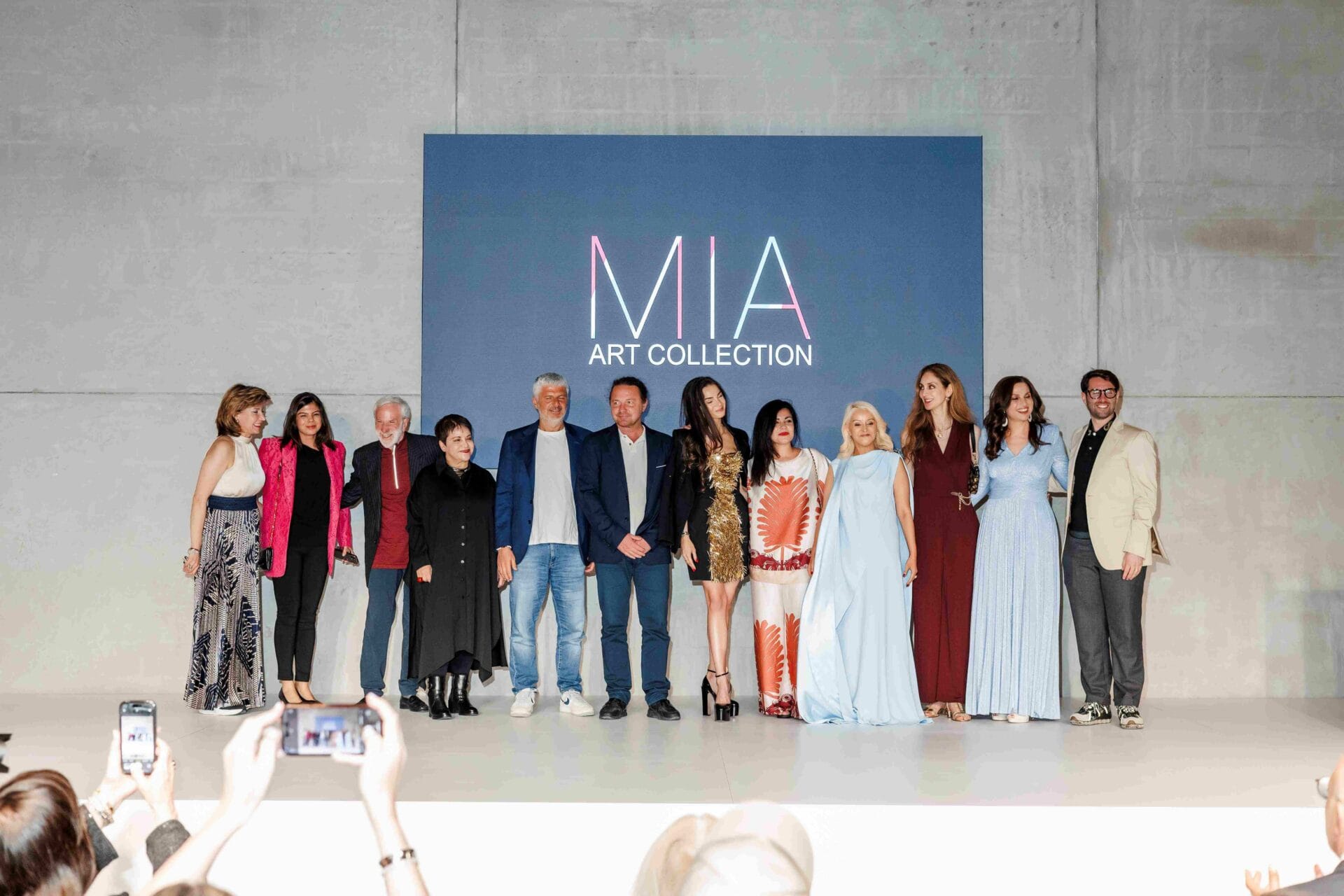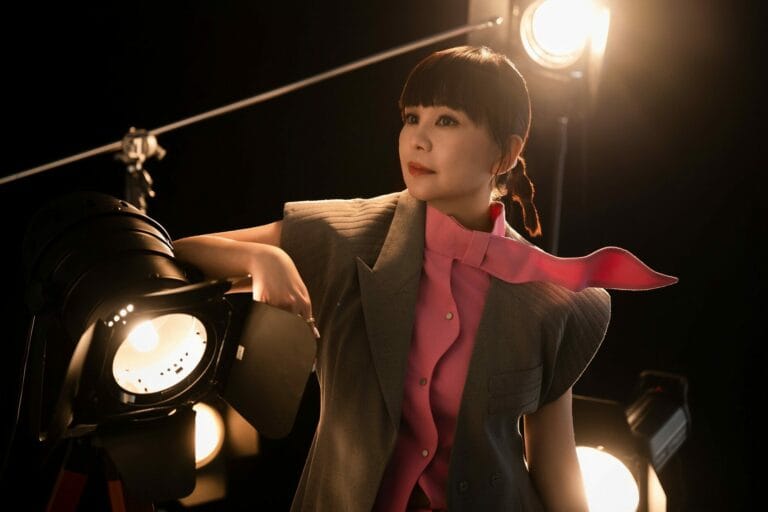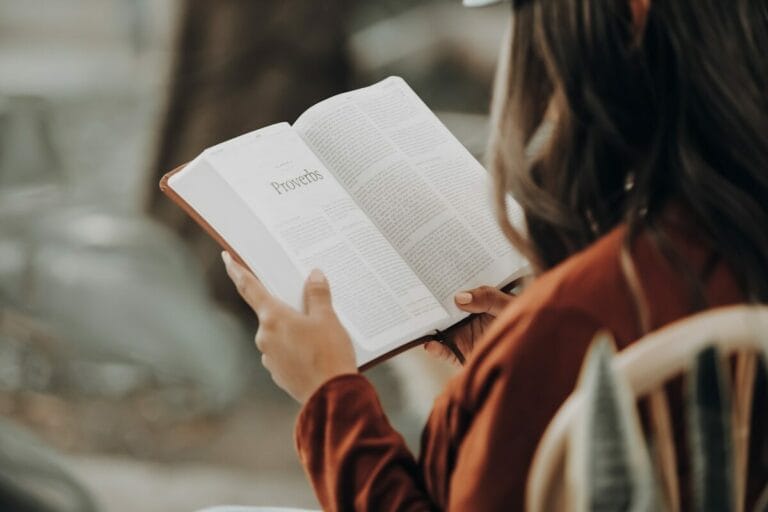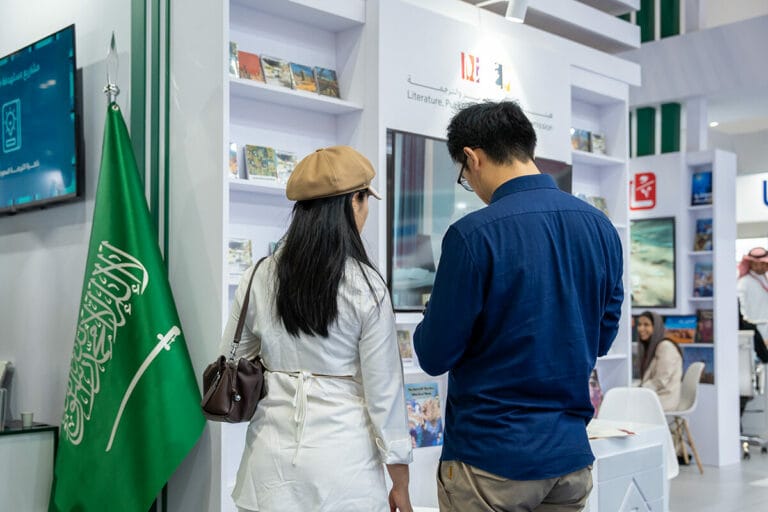Art Institutions Worldwide Spotlight Women Artists as Demand for Diverse Voices Surges
Exploring the rising profile of Latin American women artists reshaping art history, urging a rethink of representation and identity in contemporary art.

This year, art institutions across the globe are shining a brighter light on women artists, responding to escalating demand for exhibitions that foreground historically overlooked perspectives. With a noticeable upswing in female-centred shows – from MoMA’s Ruth Asawa retrospective to the Tate Modern’s Emily Kame Kngwarreye exhibition – major museums are not only redressing representation, but also galvanising conversations about identity, resistance, and cultural legacy within contemporary art. The trend signals a broader cultural appetite: audiences and collectors alike are seeking out inclusive narratives, prompting institutions to commit significant resources to such storytelling.
Dubai has now entered this international conversation in style. On 17 April 2025, nearly 300 guests gathered atop the Festival Tower, celebrating the opening of HER Land: The Creation of Latin American Artists. Co-presented by the Museum of Latin American Art (MOLAA) and MIA Art Collection, the exhibition showcases over 27 artists from across Latin America and the diaspora, blending celebrated figures and emerging talent. As such, HER Land is part of a wider movement that is reshaping the contours of art history, inviting both the public and critics to reconsider who holds space on gallery walls and why.
The Rising Profile of Latin American Women Artists
2025 has been widely forecast as pivotal for exhibitions spotlighting women artists, with analysts noting that increased cultural cache places female creativity at the heart of the global market. HER Land brings particular urgency and visibility to Latin American women artists – a segment that has, until recently, been largely absent from blockbuster museum programming outside the region. Visitors are greeted by works from icons like Leonora Carrington, Ana Mendieta, and Doris Salcedo, selected by MOLAA’s Chief Curator Gabriela Urtiaga, alongside new voices such as Brenda Obregón Velázquez and Cássia Aresta. This cross-generational, cross-media conversation aligns with broader efforts, as noted by Art Herstory’s round-up of women-focused museum exhibitions for 2025.
Significantly, the show opens at a moment when data from Statista reveals more than 200 art museums in Brazil alone, and when the ‘Latin American women artists’ search term is seeing a clear – if niche – uptick in attention. According to market forecasts, visibility is translating into market confidence, with the 2025 Latin American art market projected for continued growth, driven partly by institutional validation of under-recognised voices. The Venice Biennale, too, has placed a fresh spotlight on Latin American creatives in recent editions, testifying to the crossover appeal of both classic and contemporary works from the region.
Women’s Perspectives: From Margins to Mainstream
This blend of commercial momentum and curatorial reconsideration is not unique to Latin America. The National Museum of Women in the Arts in Washington will run ‘Women to Watch 2024’, whilst the Museum der bildenden Künste Leipzig’s ‘Role Models: Women in the MdbK’ brings a similar focus in Europe. Across continents, exhibitions are threading narratives of memory, resistance, and belonging – themes especially resonant in the work of artists like Belkis Ayón Manso and Sonia Gomes, featured in HER Land. Recent data compiled by Artnet suggests that, while progress is steady, women remain under-represented in major institutional collections, making every new exhibition a vital catalyst for rebalancing what is valued in the art world.
Industry Expert Insights
The persistent gap between recognition and representation remains, as commentators highlight. According to analysis from Apollo Magazine, the art market’s reliance on perceived ‘bankability’ means women artists still contend with significant inequities. Yet, all-female exhibitions foster spaces for personal reflection and authentic storytelling, attributes that modern audiences increasingly demand. As one contributor put it, all-women shows become “a rule, not the exception”, and carry intimacy and valuable messages that connect on a human level.
HER Land: Embodying Artistic Resistance and Possibility
HER Land does more than exhibit artwork; it symbolises connection and resistance. The presence of nearly 300 VIP guests at the opening – including global collectors and diplomats – underlines both local excitement and international relevance. Alejandra Castro Rioseco, founder of MIA Art Collection, and MOLAA’s leadership, including Dr Robert Braun and Dra Lourdes Ramos, anchored the event, articulating a shared vision for rebalancing who becomes central in the canon. The continuous public programme – with panel talks, poetry readings, art workshops, and guided tours – aims to deepen community engagement and extend conversations beyond the exhibition’s life.
Reflecting on the broader context, HER Land stands as a microcosm of this year’s movement: a testament to the growing market, the urgency of correcting historical imbalance, and the personal resonance that women’s stories bring to contemporary art. As more galleries and museums commit to inclusive programming, the art world edges closer to a future where diversity of perspective is business as usual, not an exception. The ripple effect is already evident in widening collections, shifting critical consensus, and, most crucially, in the lived experience of visitors moved by art that finally reflects the breadth of our shared histories.
Looking Ahead: The Power of Representation
The success of HER Land, and shows like it, points to a powerful lesson: when institutions take decisive steps towards inclusion, they not only redress past oversights but awaken new currents of inspiration and dialogue. As Latin American women artists step further into the spotlight, audiences in Dubai and beyond are invited to contribute to the ongoing reimagining of art’s relevance to daily life – one compelling work at a time.





